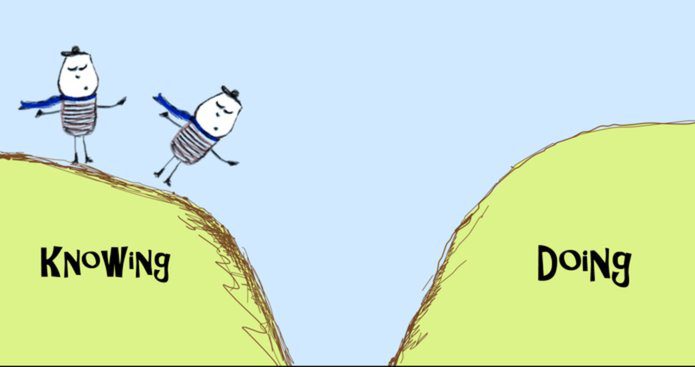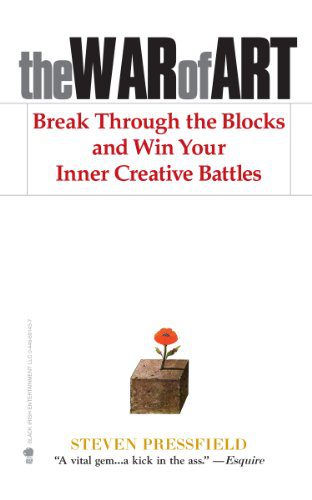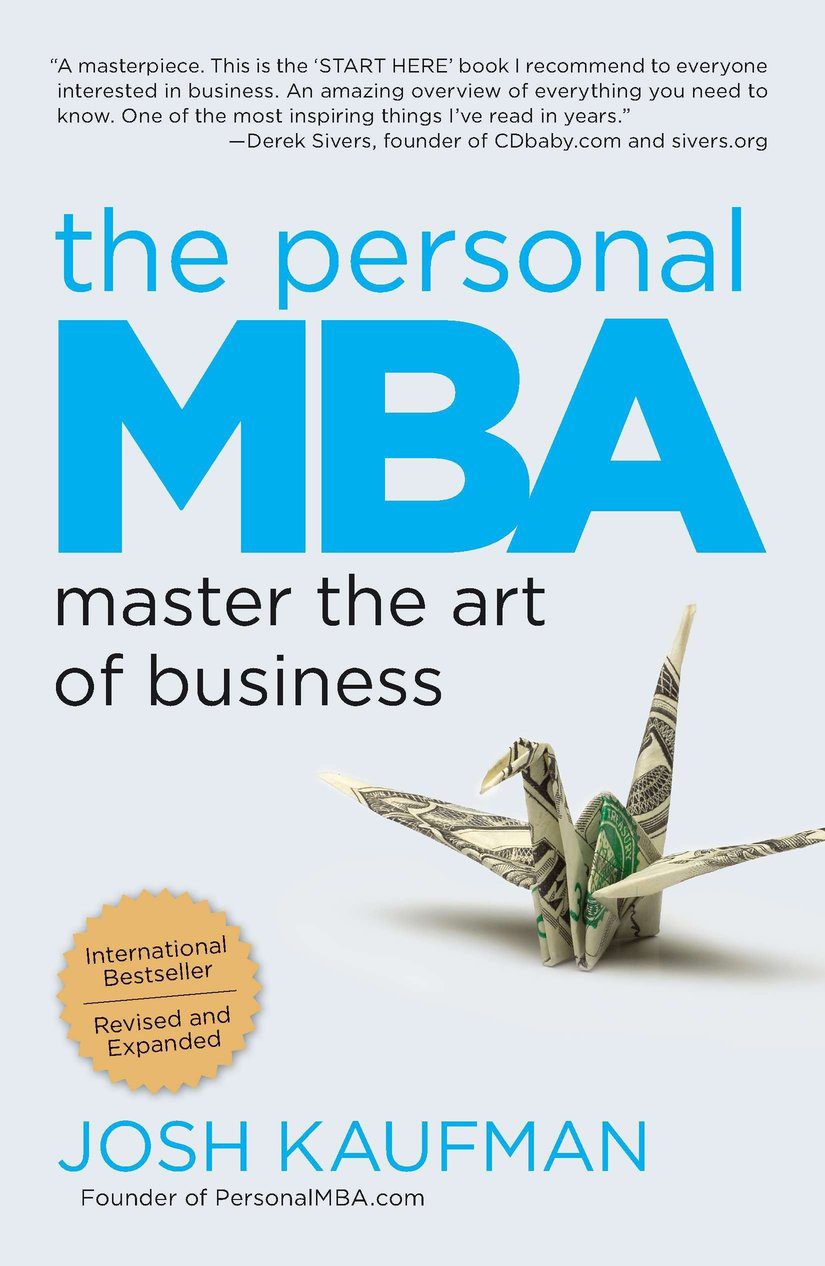The person who says he knows what he thinks but cannot express it usually does not know what he thinks.- Mortimer J. Adler
It is often said that when the learner is ready, the teacher arrives. I have found this to be very true, I have been on a deliberate journey of personal self-development since 2004.
I started with books such As a man Thinketh, Think and Grow Rich, The Enemy called average, Psycho-Cybernetics 2000, Flow: The Psychology of Optimal Experience., Rich Dad, Poor Dad, Awakening the giant within to name but a few.
What I have come to realize from reading at least 500+ books and listening to 100+ Audiobooks is that when you are not ready for a concept it would fly over your head but with repeated exposure and repetition, you eventually get it and begin to act. Learning is said to be a change in behaviour, you have not really learnt anything if you don’t act.
Knowing is not enough; we must apply. Willing is not enough; we must do. – Johann Wolfgang von Goethe
In their Coursera Course, Learning How to Learn, Barb Oakley and Terry Sejnowski, shares the research work of Jeffrey D. Karpicke on the Illusion of Incompetence:
- Seeing information in front of you such as reading a book. Doesn’t mean you know it
- Seeing or hearing someone come to a conclusion does not mean you know how to get to that conclusion or explain their argument
- Searching for something on google gives the illusion that the information is in your brain
- Spending lots of time with a material doesn’t mean you know it
The greatest enemy of knowledge is not ignorance; it is the illusion of knowledge. —Daniel J. Boorstin
Billions of dollars is spent on training yearly by corporations and individuals but has a generation we are dealing with a very tricky set of paradoxes.
- We have more knowledge, but less wisdom.
- We have more degrees but less Common Sense,
- We have taller buildings, but shorter characters;
- We have wider highways, but narrower viewpoints;
- We have bigger houses, but smaller families;
- We have more conveniences, but less time;
- We have more experts, but even more problems;
- We have more medicines, but less wellness;
- We spend more, but have less;
- We buy more, but enjoy less;
- We write more, but learn less;
- We plan more, but accomplish less;
- We have more gadgets, but communicate less;
- We have more platforms, but less connection;
- We have more schools, but less inventions;
Education does not mean teaching people what they do not know. It means teaching them to behave as they do not behave. – JOHN RUSKIN
Bob Proctor in the “Thinking into Result Program” shares the following insights on the Knowing-Doing Gap:
- You could walk into any corporation anywhere in the world and individuals in that corporation are involved in activities on a daily basis that are producing results they do not particularly want.
- You’ll find people who are grossly overweight and that want to lose weight and yet continually eat food that just packs on more pounds.
- You’ll find people smoking who would absolutely love to stop and yet every time you look they’re lighting up another cigarette.
- You’ll find sales people complaining that they’re having difficulty selling and yet ignoring the known sales procedures that all the top professionals follow.
- You’ll find managers chastiSing someone in front of their peers even though they know it’s non-productive and only aggravates the problem they are trying to solve.
What we think, or what we know, or what we believe is, in the end, of little consequence. The only consequence is what we do – John Ruskin, an English author, art critic, and social commentator
Yes, these people all know how to do better and yet they are not doing it and they do not know why. Why do we continually do things that produce results we don’t want? The cause of our problem lies in PARADIGMS.
A paradigm is a multitude of habits. A habit is an idea that is fixed in a person’s subconscious mind that causes them to do something without any conscious thought. A paradigm is what causes our habitual behavior.
At times we do things we do not want to do, get results we do not want, but do it anyway. This is because of the paradigm in the subconscious mind that controls our actions or behaviors. For a person to experience permanent change in their personal and professional life, there must be a change in the primary cause of their results.
Until you begin to have a paradigm shift you would know what to do but you would not do it. You would read all the books and not do anything with it, you would go to all the seminars yet not act, you would hear all the podcast yet not act.
In the Seven Habits of High Effective People, Stephen Covey defines a Paradigm as “the way we “see” the world—not in terms of our visual sense of sight, but in terms of perceiving, understanding, interpreting. He explains further:
Each of us has many, many maps in our head, which can be divided into two main categories: maps of the way things are, or realities, and maps of the way things should be, or values. We interpret everything we experience through these mental maps. We seldom question their accuracy; we’re usually even unaware that we have them. We simply assume that the way we see things is the way they really are or the way they should be.
And our attitudes and behaviors grow out of those assumptions. The way we see things is the source of the way we think and the way we act.
“To try to change outward attitudes and behaviors does very little good in the long run if we fail to examine the basic paradigms from which those attitudes and behaviors flow.
Our paradigms affect the way we interact with other people. As clearly and objectively as we think we see things, we begin to realize that others see them differently from their own apparently equally clear and objective point of view. “Where we stand depends on where we sit.”
Each of us tends to think we see things as they are, that we are objective. But this is not the case. We see the world, not as it is, but as we are—or, as we are conditioned to see it. When we open our mouths to describe what we see, we in effect describe ourselves, our perceptions, our paradigms. When other people disagree with us, we immediately think something is wrong with them.
Paradigm Shift
if we want to make relatively minor changes in our lives, we can perhaps appropriately focus on our attitudes and behaviors. But if we want to make significant, quantum change, we need to work on our basic paradigms.
In the words of Thoreau, “For every thousand hacking at the leaves of evil, there is one striking at the root.” We can only achieve quantum improvements in our lives as we quit hacking at the leaves of attitude and behavior and get to work on the root, the paradigms from which our attitudes and behaviors flow.
The key to closing the knowing-doing gap is constantly shifting your paradigms daily, questioning your assumptions and having mini-paradigm shifts.
To close the know-doing gap, here are some suggestions:
- Question your Assumptions/Biases/Prejudices.
- Take time out to Think – (10-30 Minutes per Day)
- Re-order your Priorities
- Have a Bias for Action
- Take baby steps
- Talk less, Do more.
- Become a Practitioner: Be a Tour Guide not a Travel Agent.
Continue yon our path to self discovery and enlightenment as Self Awareness is the Key. Don’t Settle: Live with Passion



Comments are closed.